When it comes to seafood, tuna is one of the most popular choices worldwide. There are many types of tuna, and seafood lovers enjoy them in different ways. Whether you prefer grilled fish, canned sandwiches, or fresh sushi, knowing about the types of tuna is very important. The types of tuna differ in size, taste, and nutrition. Some types of tuna are rich in protein and Omega-3 fatty acids, making them a healthy choice for the heart and brain. By learning about the types of tuna, you can choose the best option based on taste, health, and sustainability. In this guide, we will explore tuna varieties, their benefits, and how they are used in cooking.
What makes tuna special?
Tuna is a fast-moving fish that travels freely in the ocean. Tuna comes in many sizes; some are small and lightweight while others are large and powerful. Tuna’s meat is tasty and sweet which is different from common fish. Tuna’s meat contains protein and Omega-3 fatty acids which are beneficial for heart and brain.
Major types of tuna:
Let us now take a look at the different types of tuna used around the world.
Skipjack tuna:
Skipjack is the smallest tuna. This tuna is found in large quantities in the oceans. Skipjack reproduces quickly, which makes it more abundant than other tuna species.
It is mostly used in canned tuna, sandwiches, and salads, which is also commonly called “light tuna.” The taste of Skipjack is sharp and salty, and it has a low mercury level.
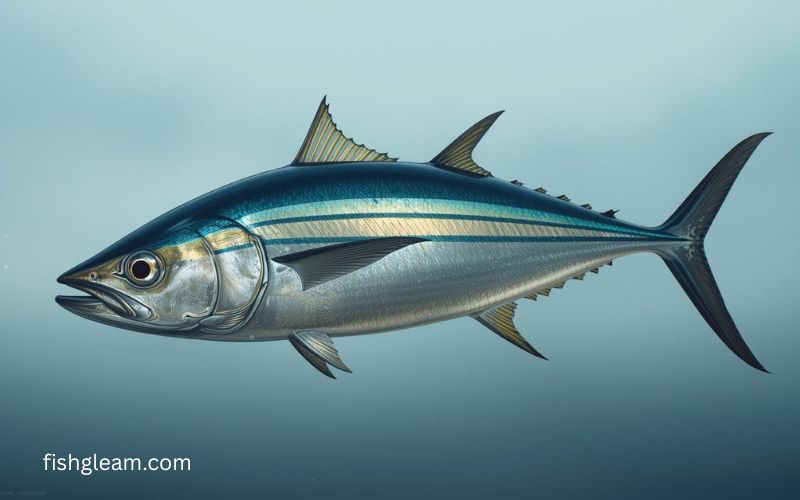
Yellowfin tuna:
As the name suggests, Yellowfin is a medium-sized species of tuna with long, bright yellow fins. It is found in the Atlantic, Pacific and Indian Oceans. The meat of Yellowfin is flavorful and hence is popular for grilling. Yellowfin is preferred for steaks and grilling. It has a mild, sweet taste and a moderate level of mercury. Yellowfin is also used in sushi.
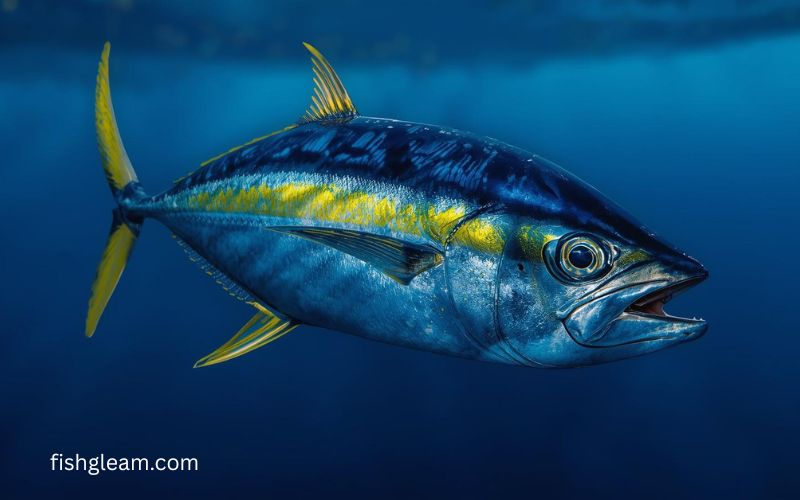
Albacore tuna:
Albacore Tuna is found in the Atlantic, Pacific and Indian Oceans. It has long pectoral fins which make it different from other tuna. The meat of Albacore Tuna is soft. It is also called “White Tuna” after being canned. It is commonly used in pasta and salads but has high levels of mercury. Eating it in large quantities can be harmful to health.
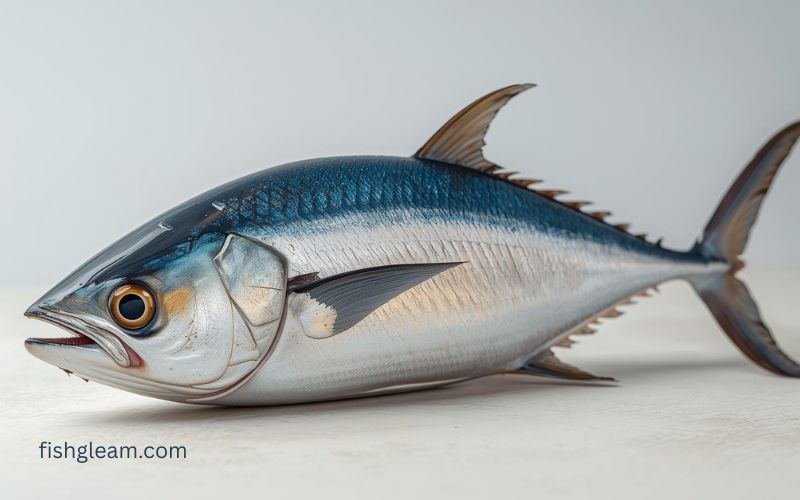
Bigeye tuna:
Bigeye Tuna is famous for its large eyes and is known for its fat content. Bigeye Tuna lives mostly in the depths of the ocean. It has a high fat content. It is used in sushi, sashimi, and expensive steaks. Bigeye Tuna also has high amount of mercury. Its taste is rich and fatty.
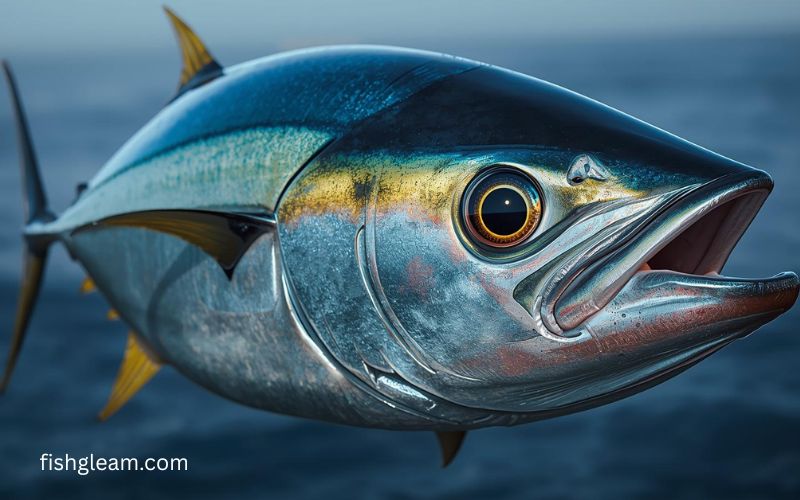
Bluefin tuna:
Bluefin Tuna is the largest and heaviest tuna, which is why it is called the king of Tuna. Bluefin is loved for its rich, buttery taste and smooth texture. This is why it is the most valuable Tuna in the world. Bluefin Tuna can live for up to 20 years. It is considered vulnerable due to overfishing. The taste of Bluefin Tuna is extremely rich and butter-like. It contains high amount of mercury. It is mostly used in sushi.
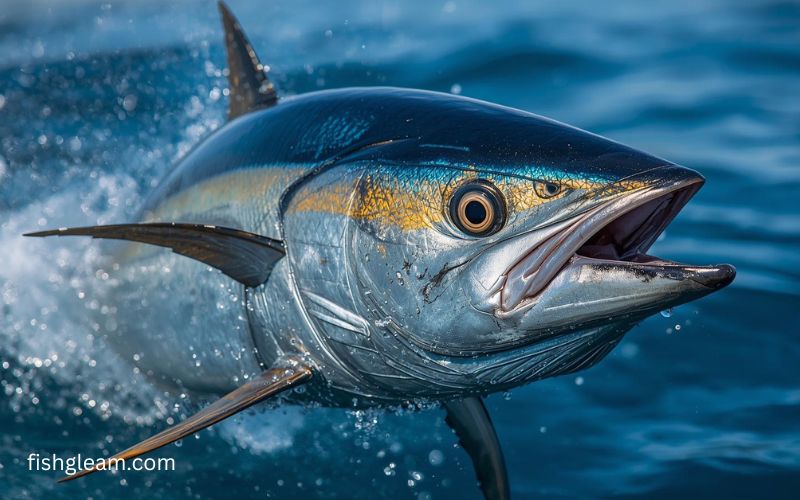
Southern bluefin tuna:
This species is mostly found in the southern oceans. This tuna is rare due to declining numbers. Therefore, there is strict control on its hunting. This tuna is very valuable in taste and smooth texture.
Blackfin tuna:
This is the smallest type of tuna. It is mostly found in the Western Atlantic Ocean. It has black fins which give it a different look. It has a mild taste and is less common than other species.
Longtail tuna:
Longtail tuna is rare and mostly seen in Asian markets. It is popular in regional dishes, especially in countries near the Indian Ocean.
Minor species of tuna:
Apart from big species, there are some small types of tuna which are mostly consumed by people in local food. These include Bullet Tuna, Little Tunny, and Kawakawa.
Sustainability concern:
As we know, global fishing activities are increasing rapidly, putting several tuna species at serious risk. Bluefin populations have declined drastically due to overfishing. To protect the oceans, consumers should choose sustainable options by looking for eco-labels such as MSC certification. Skipjack and Albacore are considered more sustainable and eco-friendly choices.
Frequently asked questions about types of tuna:
How many types of tuna are there?
There are approximately fifteen types of tuna found in the world, but seven are most common in the market.
Which type of tuna is healthiest?
The tuna with low level of mercury is considered healthier. Skipjack Tuna has low level of mercury hence it is the best choice for health.
Which type of tuna is most expensive?
The most expensive tuna in the world is the bluefin. It is considered the king of tuna and in Japan this fish is sold for millions of dollars.
Can you eat tuna every day?
This depends on the mercury level in tuna. Tuna with high mercury level should not be eaten every day because it can harm your health. Tuna which has low mercury level like Skipjack, can be eaten more often.
Is fresh tuna better than canned tuna?
Of course fresh tuna tastes better, but canned tuna is cheaper and easier.
What is the problem with bluefin tuna?
Bluefin is overfished and endangered, making sustainable choices essential.
Cooking and using different types of tuna:
Skipjack:
Skipjack tuna is mostly used in salads, sandwiches and pasta.
Albacore:
Albacore is called “white tuna” when canned and is used in salads, sandwiches, and light dishes.
Yellowfin:
Yellowfin tuna is a great choice for those who love barbecue and steak. It is eaten grilled or fried.
Bigeye and bluefin:
Bigeye and bluefin are mostly used in sushi and sashimi.
Final thoughts:
Different types of tuna are found in the world; some of them are big and some are small. Bluefin Tuna is the biggest and most valuable tuna which is also called the “King of Tuna”. People in Japan like it very much and pay a lot of money to buy it. Each tuna has its unique taste, texture and nutritional value. Some tuna has low levels of mercury and can be eaten more often, while others have high mercury levels and should be eaten in moderation.
